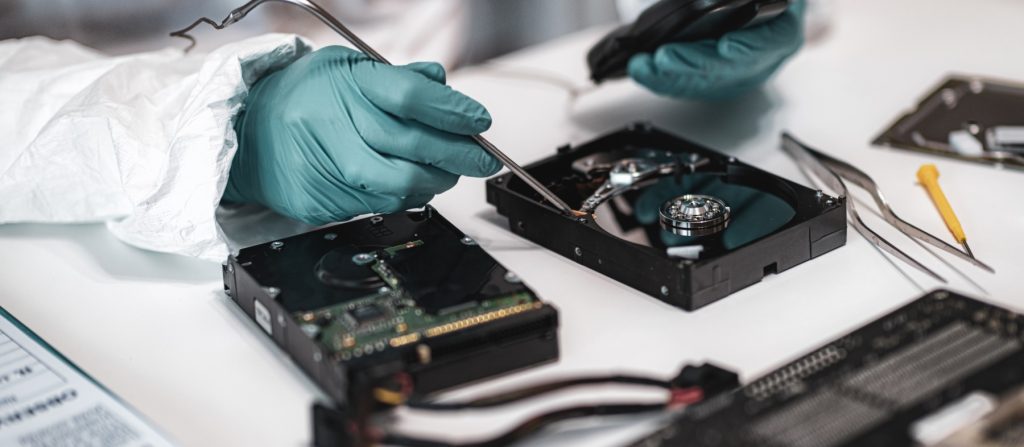Computer forensics is a crucial field in the digital age, dealing with the recovery, analysis, and presentation of data from electronic devices. For those new to this discipline, understanding the tools and methods used is essential for effectively uncovering and interpreting digital evidence. At the heart of computer forensics are various tools designed to help investigators extract and examine data from computers, smartphones, and other digital devices. One of the fundamental tools in computer forensics is forensic imaging software. This software creates an exact, bit-for-bit copy of a storage device, such as a hard drive or SSD. The imaging process ensures that the original data remains intact and unaltered, preserving the integrity of the evidence. Tools like EnCase and FTK Imager are popular in the field for their comprehensive imaging and analysis capabilities. Once an image is created, forensic investigators use data analysis tools to sift through the digital evidence. These tools can recover deleted files, analyze file structures, and uncover hidden data.

For instance, Autopsy and X1 Social Discovery are powerful applications that help forensic experts examine file systems, recover lost data, and analyze digital artifacts. These tools often come with features to parse various file formats, search for keywords, and reconstruct fragmented files. Another critical aspect of computer forensics is understanding and applying forensic methodologies. The standard procedure typically starts with the identification and preservation of digital evidence. This involves ensuring that the digital evidence is not altered during the investigation. Forensic investigators follow strict protocols to prevent data contamination, such as using write-blockers to prevent any changes to the original storage media during imaging. After evidence preservation, the analysis phase begins. Investigators use specialized software to examine the forensic images, searching for relevant data, patterns, or anomalies.
This stage requires a deep understanding of file systems, data storage mechanisms, and forensic artifacts. Analysts look for clues such as metadata, timestamps, and file histories, which can provide insight into the activities and intentions of users. Presentation is the final step in computer forensics. The findings from the analysis are compiled into a comprehensive report that is often used in legal proceedings. This report must be clear and detailed, providing a logical narrative of the evidence that can be understood by non-technical audiences, including judges and juries. The Basics of Computer Forensics professionals must be skilled in translating complex technical details into plain language and may also be called upon to testify in court. In addition to these core tools and methods, computer forensics professionals must stay abreast of the latest technological advancements and emerging threats. As technology evolves, so do the techniques used by criminals to hide and manipulate data. Thus, continuous learning and adaptation are vital for forensic experts to effectively combat cybercrime.